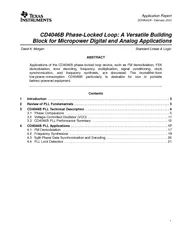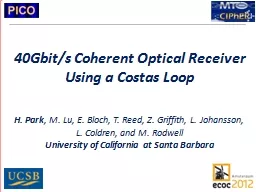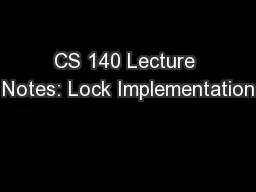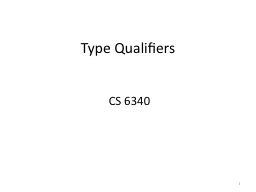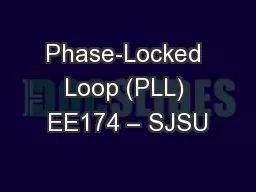PDF-Applications of the CD4046B phase-locked loop device, such as FM demod
Author : danika-pritchard | Published Date : 2015-08-27
1Introduction 2Review of PLL Fundamentals33CD4046B PLL Technical Description431Phase Comparators532VoltageControlled Oscillator VCO1133CD4046B PLL Performance
Presentation Embed Code
Download Presentation
Download Presentation The PPT/PDF document "Applications of the CD4046B phase-locked..." is the property of its rightful owner. Permission is granted to download and print the materials on this website for personal, non-commercial use only, and to display it on your personal computer provided you do not modify the materials and that you retain all copyright notices contained in the materials. By downloading content from our website, you accept the terms of this agreement.
Applications of the CD4046B phase-locked loop device, such as FM demod: Transcript
Download Rules Of Document
"Applications of the CD4046B phase-locked loop device, such as FM demod"The content belongs to its owner. You may download and print it for personal use, without modification, and keep all copyright notices. By downloading, you agree to these terms.
Related Documents

